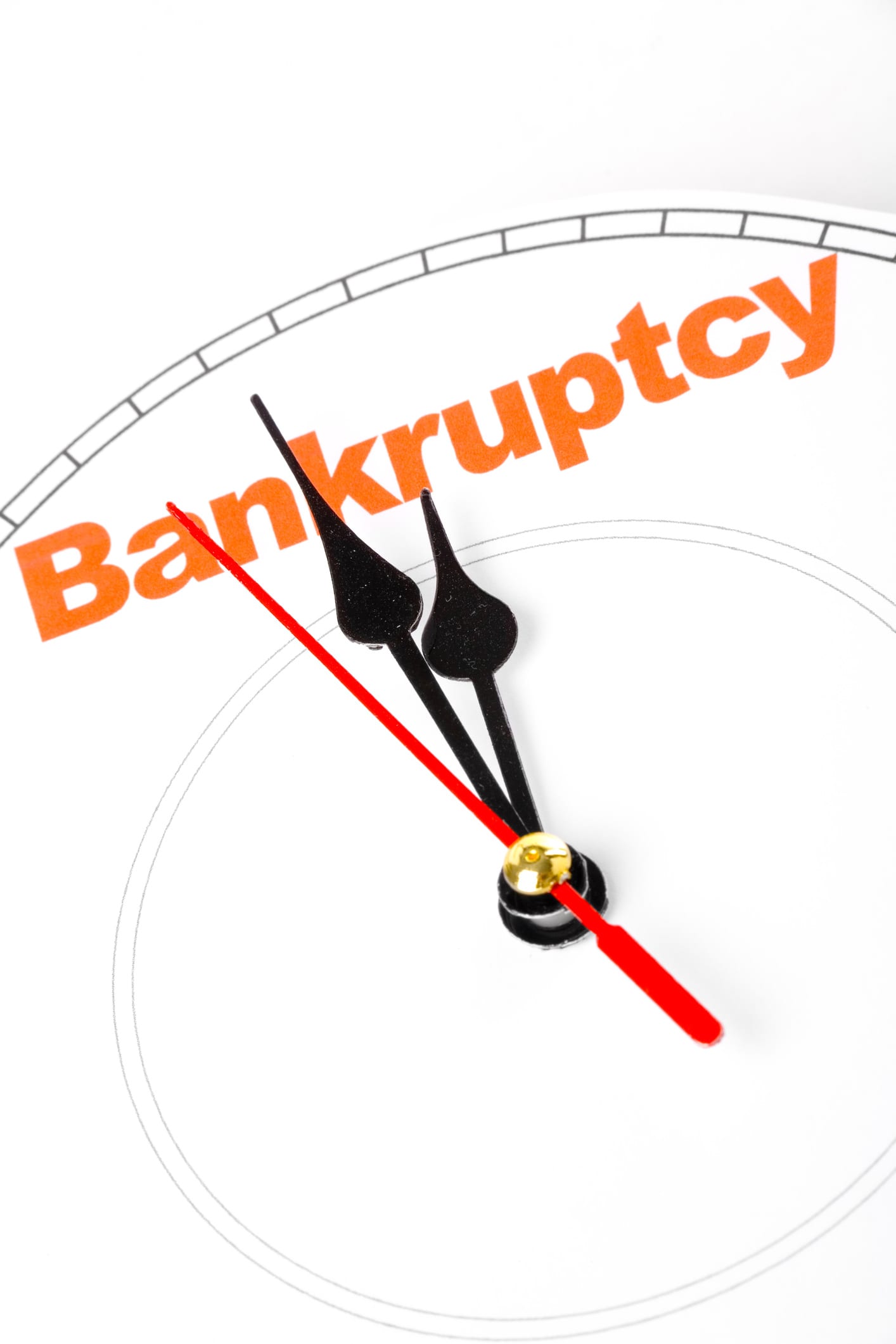While nobody relishes the thought, bankruptcy filing is a necessity for many. The article below contains some useful advice for accepting the need to file and for taking the right actions to move forward in the aftermath.
The Bankruptcy Process
 When it becomes obvious that bankruptcy is the best option for salvaging your personal financial situation, it is important to take some time to reflection. Try to determine where your finances went awry, and try to develop a plan of action to avoid similar mistakes in the future. Doing this will help give you a sense of confidence in your ability to make wise decisions going forward.
When it becomes obvious that bankruptcy is the best option for salvaging your personal financial situation, it is important to take some time to reflection. Try to determine where your finances went awry, and try to develop a plan of action to avoid similar mistakes in the future. Doing this will help give you a sense of confidence in your ability to make wise decisions going forward.
Once your bankruptcy case draws to an end, make sure to review your credit score and reports in detail. Be certain to gain a good grasp of your entire financial picture so that you know in which areas you can improve the most. Knowing your credit score will also give you a baseline from which to measure the positive impact of your newly-acquired financial literacy.
Bankruptcy allows you the option of completely walking away from certain types of debts. This can pave the way for a fresh start and give you the breathing room for which you have longed. For many filers, credit card debts are the most burdensome obligations they face, and by filing Chapter 7 bankruptcy, it is likely that such debts can be eliminated once and for all. It is important to note, however, that tax debts, child support debts and various other obligations cannot be discharged in bankruptcy, and this is a fact that must be factored in when developing a long-term financial strategy.
Filing for bankruptcy protection may make you feel as though you will never be granted credit again. However, this is simply not the case. There is an ever-growing pool of lenders who are willing to give those with imperfect credit histories a second chance. Recent bankruptcy filers are often amazed to find that once their debts have been discharged, they are inundated with offers from these types of lenders. Be sure to read the fine print, however, before accepting an offer of credit in the immediate aftermath of a bankruptcy filing.
Getting a Credit Card After Bankruptcy
In many cases, the quickest way to obtain a credit card in the aftermath of a bankruptcy filing is to get a secured credit card and then, eventually, an unsecured card. Secured cards require the consumer to deposit funds with the card issuer, which are then drawn upon as the card is used. These are often quite easy for recent filers to obtain. Once a solid credit record is rebuilt, it will become easier to obtain unsecured cards that do not require such cash deposits and which function as conventional credit cards.
There is no escaping the fact that bankruptcy can be a truly wrenching process, both emotionally and financially for anyone who determines that filing is their only viable option. The key is to be proactive during and after the filing so that a solid financial future can be yours.
